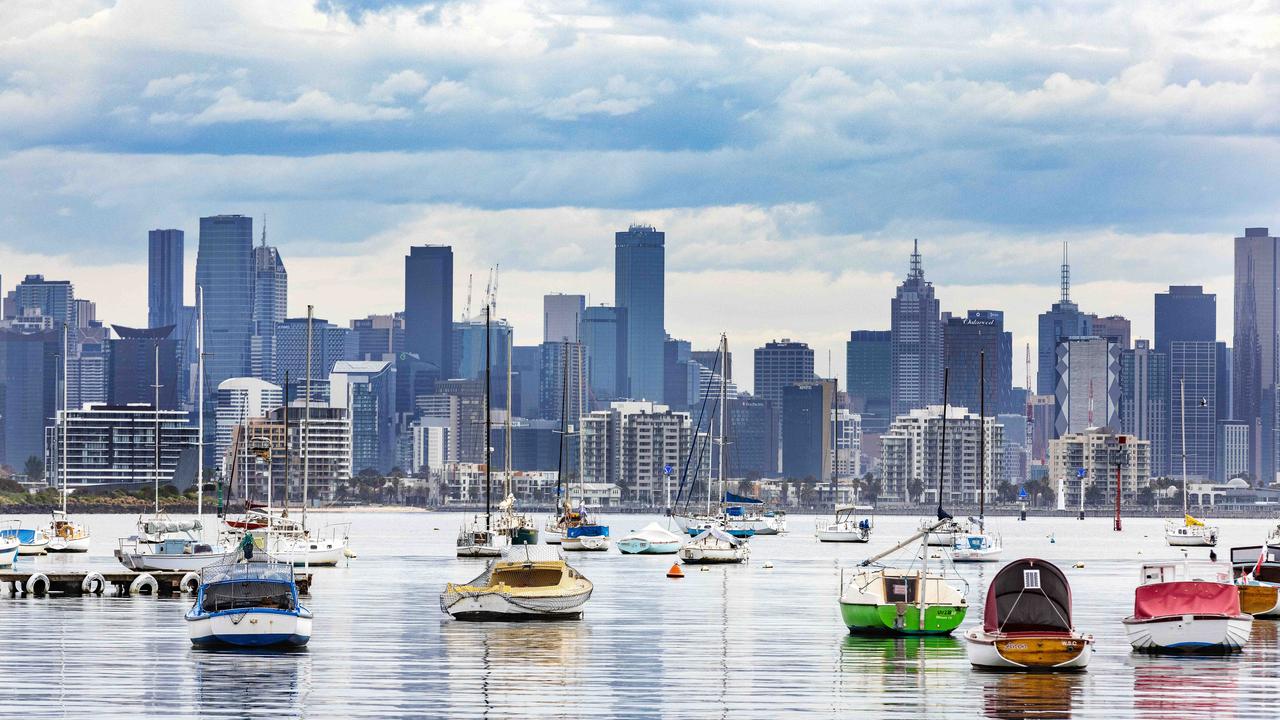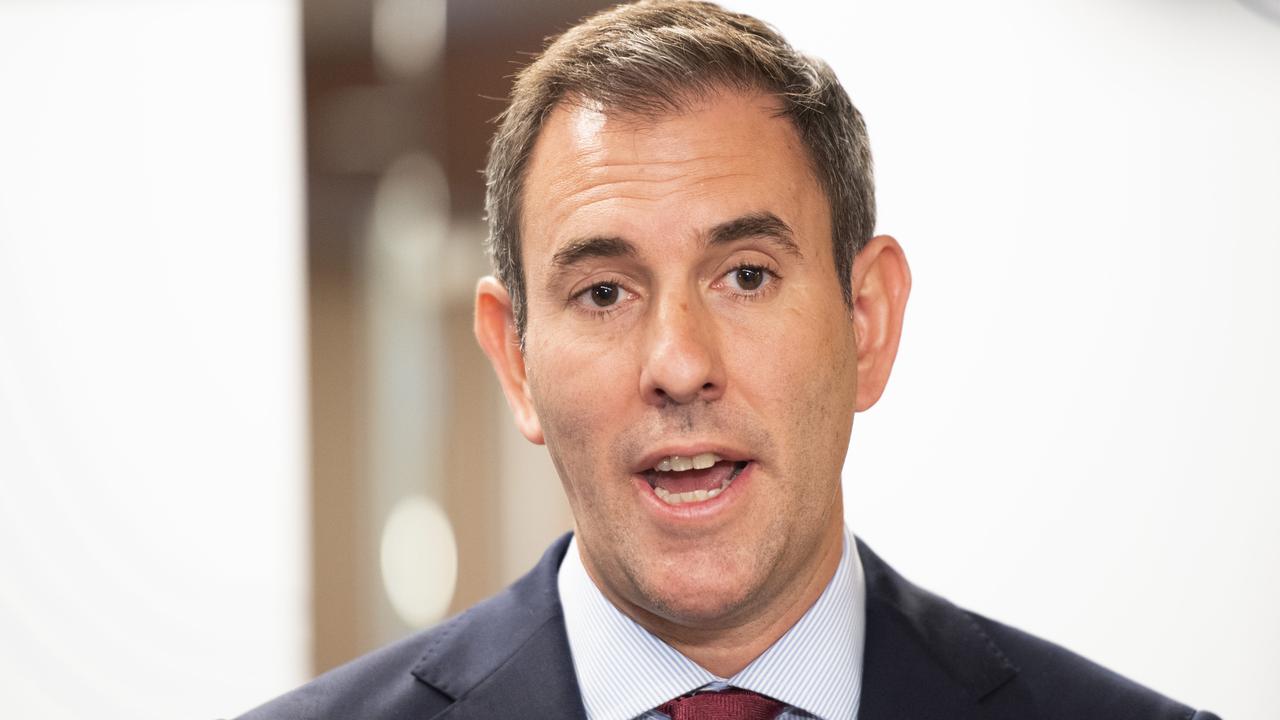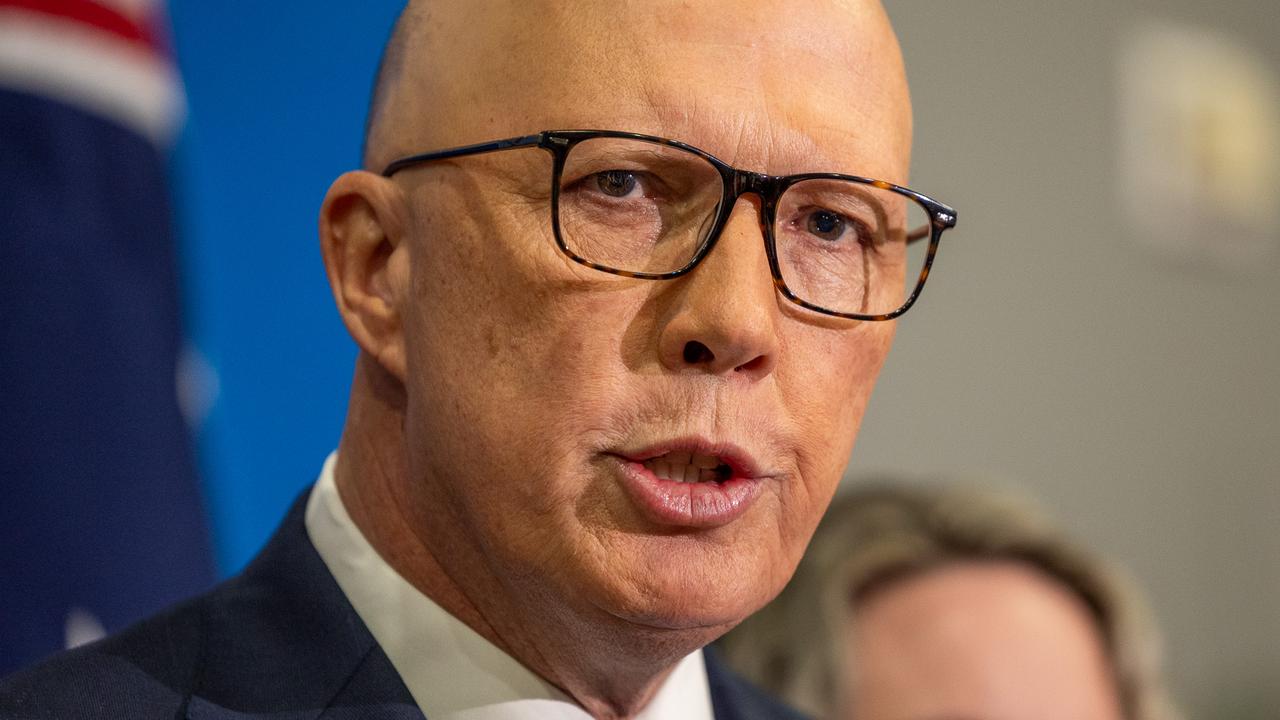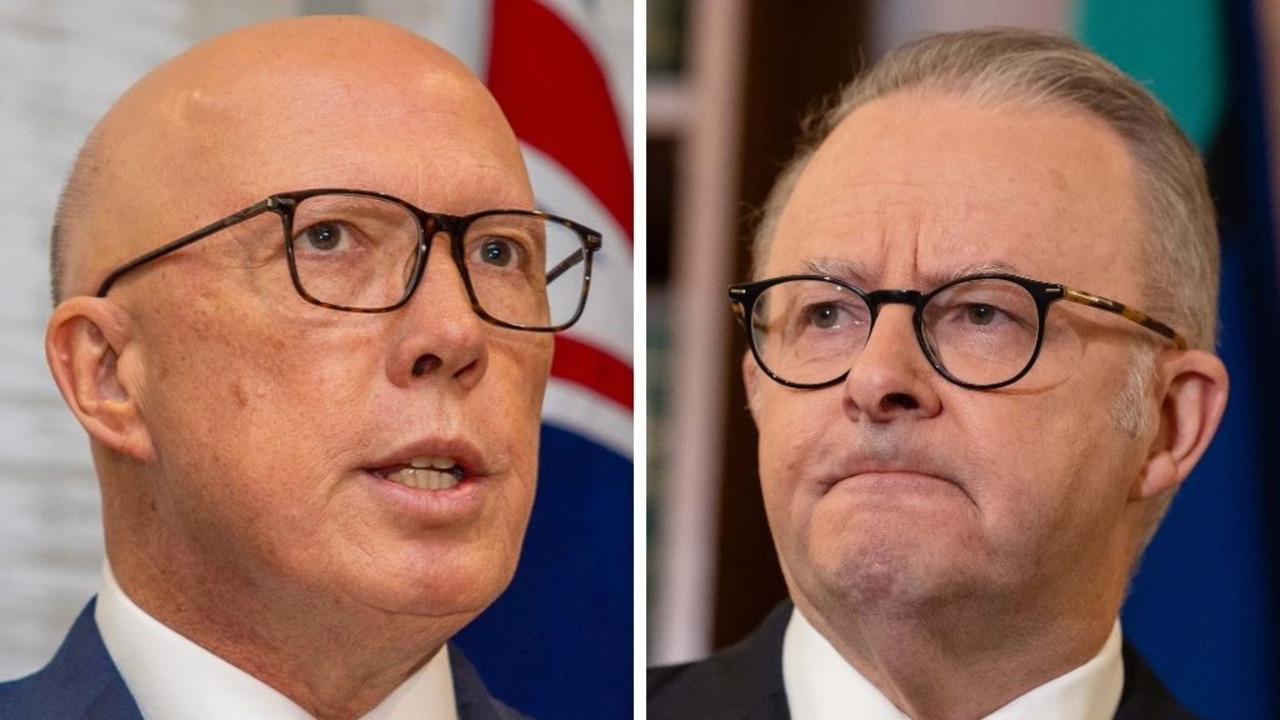Populations to boom, Sydney to become second-biggest city
Within a decade the Harbour City will no longer be Australia’s largest, new predictions reveal.

Melbourne may have suffered a significant pandemic-prompted mass exodus, but new figures show it will become Australia’s largest city within a decade.
New data from the Australian government’s centre for population shows Melbourne’s population growth was hit harder than any other major city during the pandemic, declining from 1.8 per cent in 2018-10 to -1.6 per cent in 2020-21.
However, the city’s population growth is set for a turnaround, with Victoria expected to exceed 7.9 million people by mid 2032.
Predictions indicate that in 2031, six million people will be living in Melbourne, before rising to 6.1 million the year after.
That figure will exceed Sydney’s, however NSW will remain the most populated state.
The state will grow from 8.1 million people on June 30 2021 to 9.1 million by 2032-33.

NSW is the city most reliant on net overseas migration, which plummeted during the pandemic, but is forecast to return to net inflows of 75,000 by 2025-26.
Treasurer Jim Chalmers said Australia’s economy would be made stronger and more prosperous by a “healthy, growing population”.
“Covid-19 highlighted just how important the wellbeing of our workforce is to Australia’s economic prosperity,” he said.
“While the pandemic had significant, enduring impacts on our community and our economy, it’s clear now that our population growth is bounding back.”
Dr Chalmers said skills and labour shortages risked crippling the economy and holding businesses back.
“Migration is part of the solution, but it’s not the only answer,” he said.
“The Albanese Labor government has taken decisive action … Our approach addresses workforce shortages in a number of ways – making it easier for parents to work, or if they want to, training more Australians to combat skills shortages which have been building for a decade, and improving our migration program.”

Meanwhile, Queensland’s population is expected to grow from 5.2 million in 2021 to 6.1 million in 2032-33.
The data suggests Queensland is less reliant on overseas migration and more so on interstate migration, which data reveals did not slow down during the pandemic.
“Bucking the trend” witnessed elsewhere, the state recorded growth of 0.8 per cent in 2020-21, but will recover to 1.7 per cent this financial year. It will decline to 1.2 per cent in 2032-33.
Western Australia’s population could grow to exceed three million within the next decade – but it depends on the state’s economic conditions.
Net overseas migration to the state is forecast to increase steadily until 2023-24 and by 2032-33 there could be 3.2 million people living there.
South Australia’s population, meanwhile, is likely to reach two million by 2032-33 – only 200,000 more people than currently.
More than half a million people are expected to call Canberra home within a decade. The ACT is set to grow from 454,000 to 550,000 by 2032-33.
Meanwhile in the Northern Territory, the population is expected to grow to 293,000 by 2032-33 – at least 182,000 of which will live in the Greater Darwin area.
Australia’s smallest state, Tasmania, is likely to witness a population growth from 568,000 to 647,000 within 10 years.



